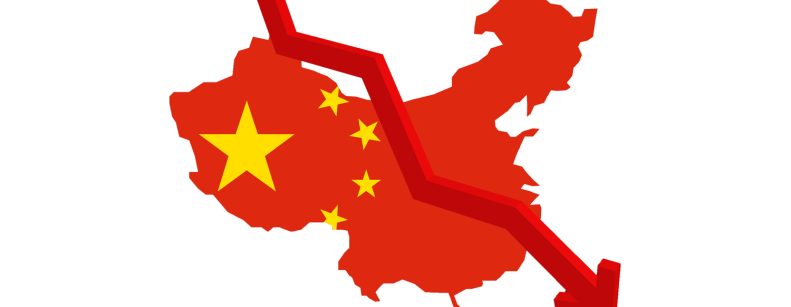
China, a country with a millenary history that took less than half a century to go from being known for great discoveries as delicious as tea, as spectacular as gunpowder or as indispensable as toilet paper, to being known as the first global trading power in the world. the world's leading global trading power.. China has, today, a little piece in almost every inhabited place on the planet. Who has not visited or at least heard of the China Town located in major cities. We have one right next door, in the capital of neighboring Argentina. Surely, at least, you have near you one of the also very famous Chinese Mall.
The rise of the Great Wall nation began in 1979, being a centralized economy that introduced a plan of reforms that combined market economy for some sectors, among which the opening of trade was key. Since then, China has undergone a dramatic structural transformation, China has undergone a dramatic structural transformation from a low-income, essentially agricultural country with 74% of its population living in rural areas, to an industrialized and urbanized one, known today as the manufacturing center of the world. Does "made in China" ring a bell? Along with the change in the productive structure came a significant accumulation of international reserves, and today the Chinese are the owners of the highest level of reserves in the world.
Thus, China's output, which, despite being the world's most populous country, represented only 3% of world GDP in 1980, jumped to a significant 19% in 2023, measured at purchasing parity prices (PPP). Between 1980 and 1990, the economy achieved an average annual growth rate of 9%, rising to 10% between 1991 and 2010. Precisely in 2010, China overtook Japan as the world's second largest economic power, measured in nominal terms, a status it maintains to date. At the end of 2023, according to PPP figures, China will be the world's leading economy.
So, if what we have reviewed of the Asian giant so far sounds like pure awesomeness, why are we so concerned about its situation? Well, there is a saying that good things come to those who don't give that much. In the decade preceding the current decade, growth began to slow and dropped to an average annual rate of 7%. Between 2020 and 2023 (including the pandemic) this figure was 5% and it is estimated that for the period 2024-2028 it will continue to fall to a tepid 4%. Growth projections are, to say the least, discouraging, and there are a number of structural problems that jeopardize sustainability over time.
Over the past year, growth has stagnated. Exports have slumped amid the global slowdown and rising geopolitical tensions. Manufacturing production has fallen and, although it remains in the expansion zone according to the manufacturing PMI, it is weak, both due to the aforementioned global slowdown and weaker domestic demand.
The real estate sector, which we will discuss in detail below, is facing an unprecedented crisis, and its decline has permeated consumer and investor confidence, reflecting in turn a reduction in household spending and investment. Consumer and producer prices are falling and the economy has fallen into deflation, in contrast to the rest of the world struggling to control high inflation.
Unemployment is on the rise and is of particular concern in the youth segment (16-24 years old). In fact, the statistics office stopped publishing the figure after it rose to 21.3% in June. Last month the publication was resumed, but with a methodological change that excludes school students from the calculation. This reduced the figure to 14.9% at the end of 2023. Cyclical and structural factors are affecting employment, as not only has the number of college graduates looking for work increased more than ever, but also a series of measures imposed on the education, technology and real estate sectors have hurt job prospects. The yuan has weakened, and in the past year, the People's Bank of China has had to intervene, the People's Bank of China had to intervene heavily by setting an exchange rate with the dollar much higher than estimated at market prices to prevent a collapse of its currency. In the second half of 2023, the stock market suffered a sharp fall, the same period in which several of the main stock markets recorded record highs.
But the problems of the Chinese economy go beyond slow growth or the need for stimulus, which we will review in the second part of this column.
Milene Rodriguez
Strategy and Investment Analyst